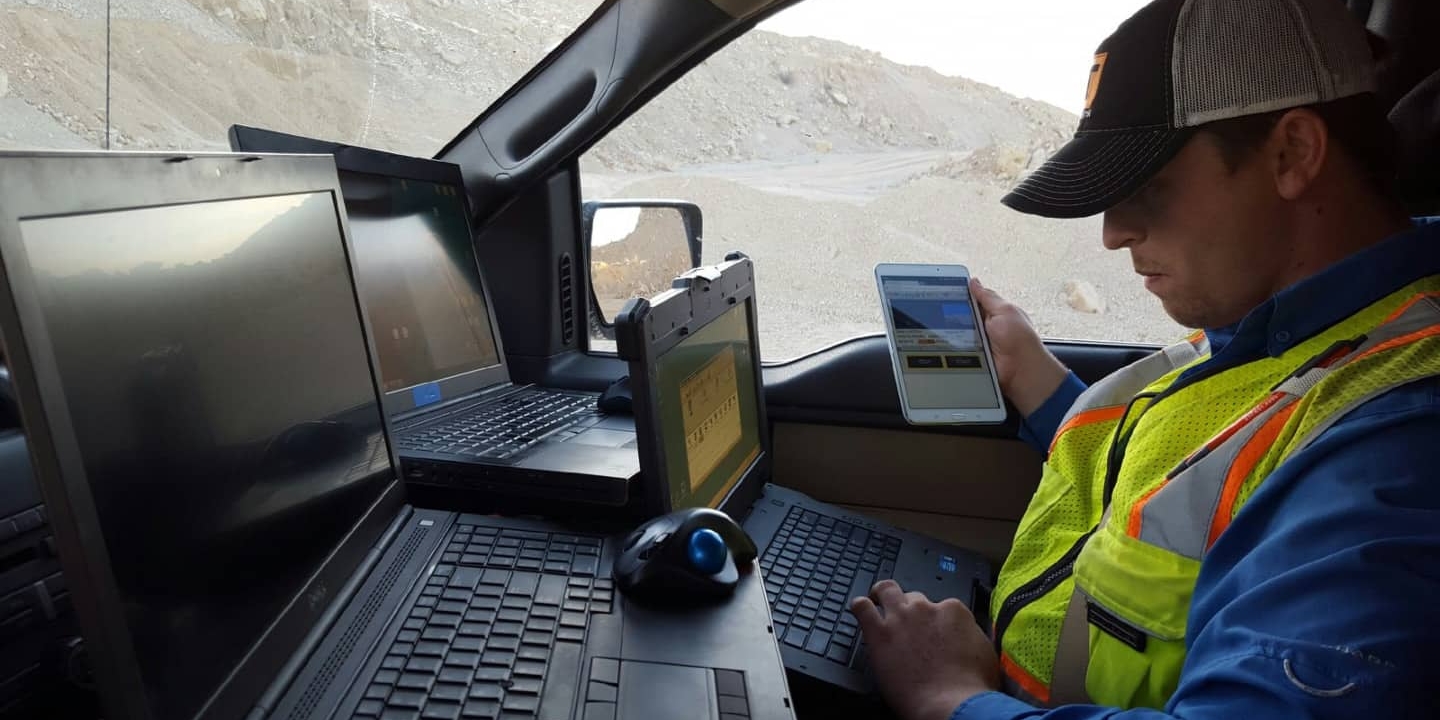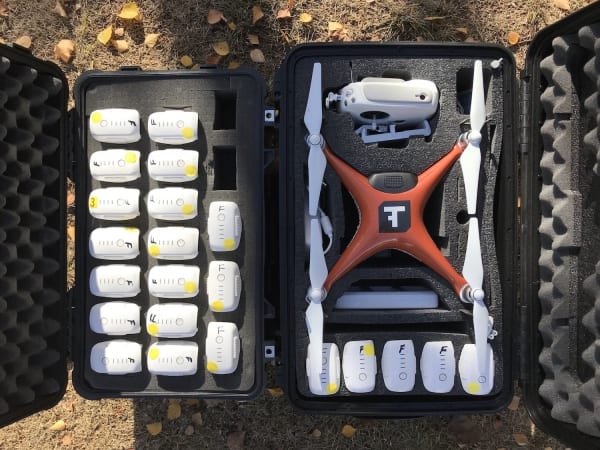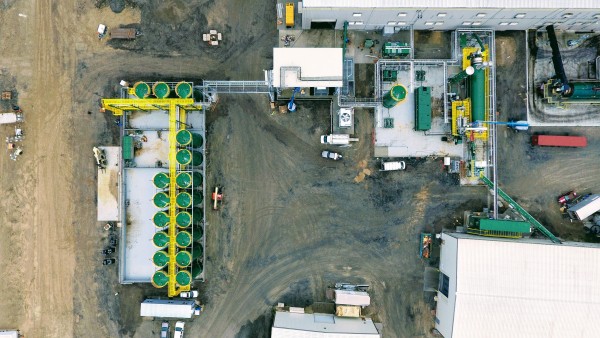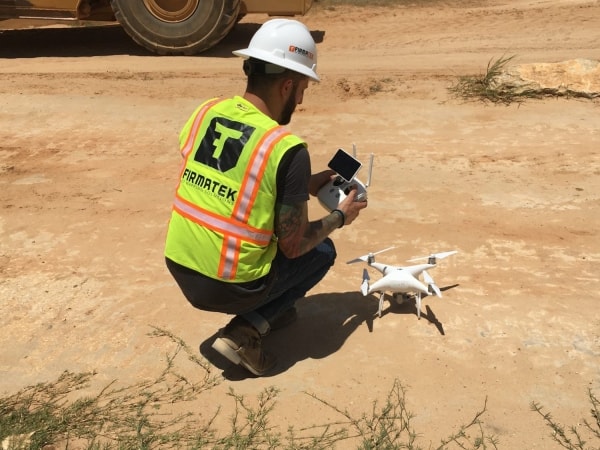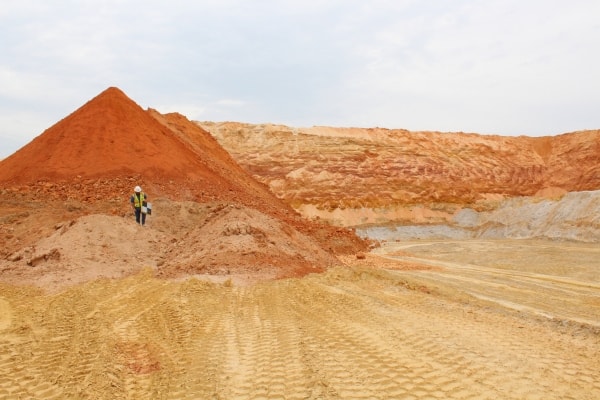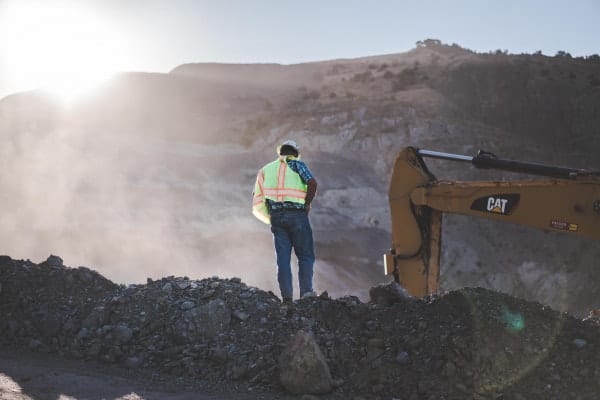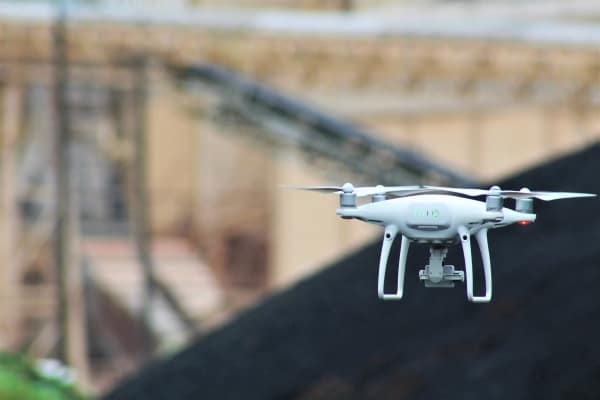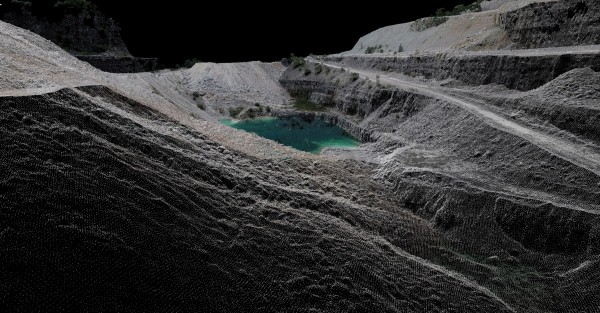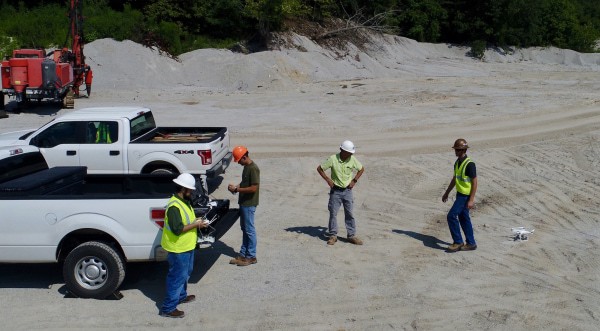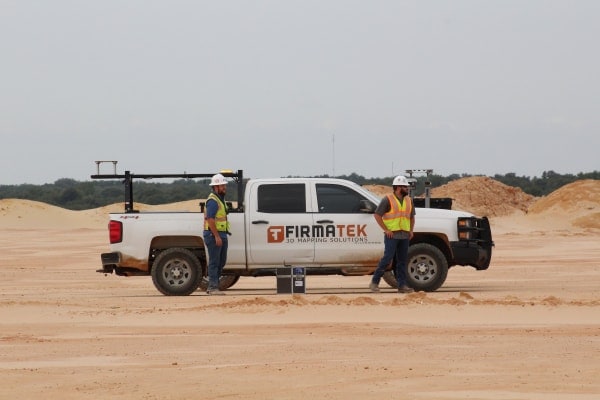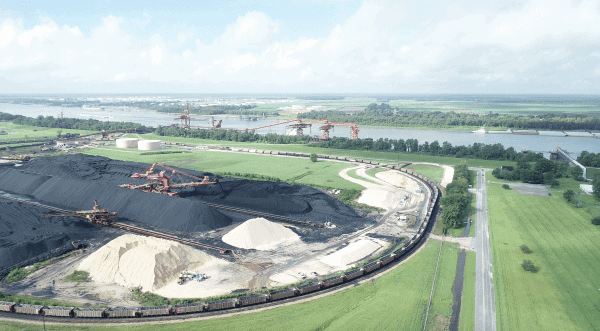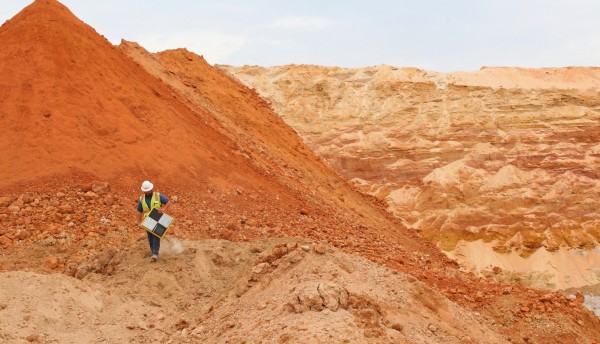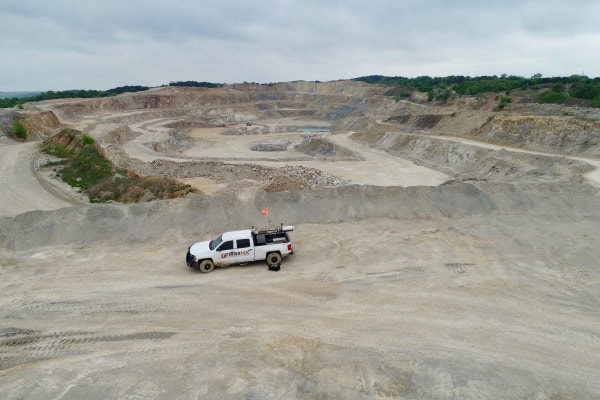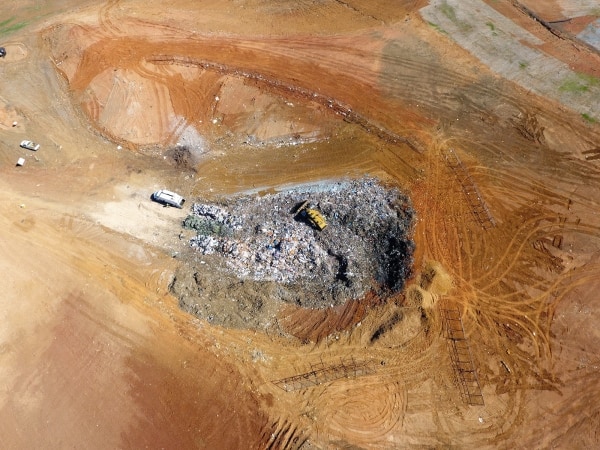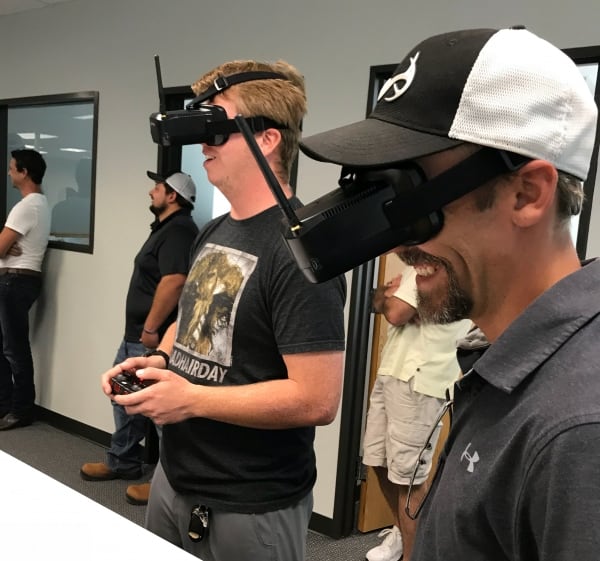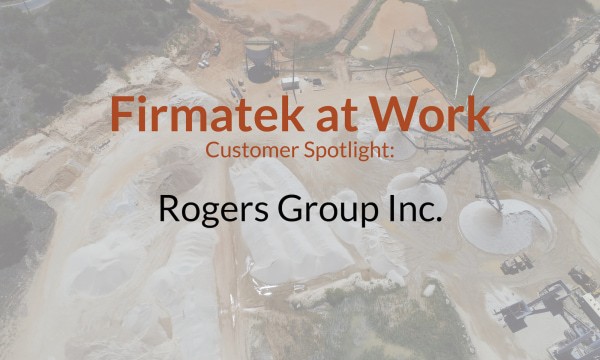By Lauren Elmore, President of Firmatek. This article is also published in Unmanned Aerial Online.
While they sometimes might have a reputation for being nothing more than fun novelties, drones have a very important job in high-risk environments like mines, construction sites and landfills: They’re helping keep employees safe.
In these types of environments, danger is everywhere. Huge and heavy equipment can still be hazardous, even if you’re driving around a site. However, instead of placing themselves in harm’s way, employees can fly drones over a site, gathering data and images without stepping foot in areas full of natural and manmade hazards.
Employers across the country are using drones for dozens of different business applications. Common industries using drones include construction, emergency management, mining, and oil and gas.
The challenge, then, is getting business executives on board with implementing drone technology into their employees’ day-to-day workflow.
Getting Comfortable
As with all emerging innovations, drones have had their naysayers. However, over the past couple of years, more business leaders have started to become comfortable with incorporating drones into their employees’ jobs, especially those who have seen firsthand how challenging – and potentially fatal – certain tasks can be.
A prime example comes from the mining industry, where employees use drones to improve workflows and reduce injuries and deaths. The drones perform versatile tasks such as taking pictures and inspecting key equipment in hard-to-reach places. Historically, these procedures would have required the help of a consultant; instead, miners rely on drones and data analysis experts to cull and evaluate collected data.
Challenges
Despite the exciting advantages, executives open to drone technologies often hear complaints from workers who don’t understand the long-term benefits of handing over key responsibilities to a machine.
In these cases, leaders must focus on selling drones’ safety aspects without raising concerns about possible job losses. Individuals are still very much needed; they just become more efficient when they use drones. In fact, studies have shown that over the past 140 years, new technology has created more jobs than it has eliminated. Drones enable employees to allocate valuable time to other important work that a machine can’t handle.
With education, supervisors can relieve concerns and help their employees see drones as useful additions to their daily workflow – not something to be suspicious about. At that point, mining and solid waste executives can lean on several strategies to adopt drones into their work schedules to make sure work gets done and everyone comes home to their family at night.
Taking Business to New Heights
What are some of the biggest responsibilities of working drones? The first is equipment inspection.
With incredible speed, drones can cover large plots of land in a short amount of time to take measurements and monitor equipment. Through their eagle-eyed sensors and cameras, they can check for issues in places where people wouldn’t have comfortably gone in the past. Additionally, they can be sent into areas that are far too remote, difficult to reach or risky for employees to consider entering.
A second advantage to having drones “on staff” is to eliminate the need for individuals to walk around on stockpiles. In the past, people would collect inventory measurements and other data by hand, but drones can now more effectively measure stockpile volumes, therefore speeding up response time if immediate action is needed.
Drone technology can even become a part of indoor facility inspection. Many manufacturing plants and related buildings have areas that are too dangerous to send workers but still need regular examinations. Sending a drone to these spaces compromises only equipment and promises the possibilities of valuable information.
On-the-Job Future
Employees in a wide range of industries face hazards almost daily. From the likelihood of experiencing falls to stepping into an environment that could lead to an explosion, they put their lives on the line. But why should they continue to put in hours on tasks that could cause injury or fatalities when drones could help them avoid those risks?
Drones aren’t replacements for humans – they’re valuable extensions to improve human efficiency. Drones can be used to gather data and calculate stockpile measurements, perform site surveys, and, most importantly, keep employees out of harm’s way. Best of all, they want nothing in return for their precision, reliability and convenience, making them some of the most trustworthy, dependable lifesavers employees could have.

